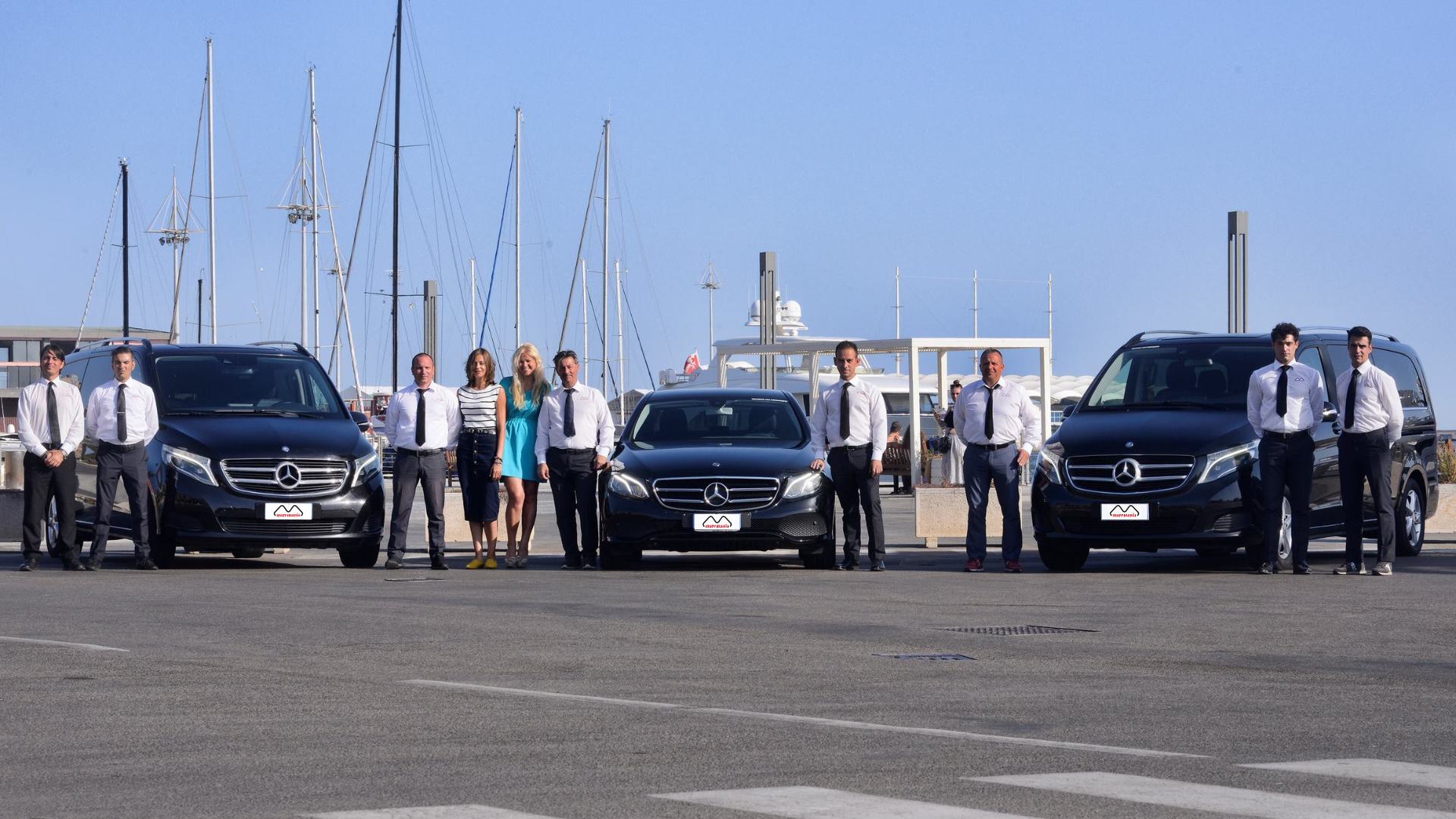
Per noi il viaggio su misura inizia con una sensazione
Ci preoccupiamo tanto dei momenti più grandi e rumorosi, quanto di quelli più piccoli, silenziosi. Come un abito perfettamente su misura, ogni viaggio è diverso, così come è diverso ogni viaggiatore. Ecco perché, come Tour Operator in Sardegna, siamo qui: per farti scoprire la Sardegna, come nessun altro al mondo.
La nostra esperienza e passione per quest’isola magica ci permettono di offrirti un’esperienza unica e personalizzata, che va oltre il semplice viaggio.
Siamo un incoming tour operator specializzato nell’offrire servizi di alta qualità per soddisfare ogni esigenza di viaggio.
Noleggio con conducente per spostamenti in totale comodità, Hotel & Ville per il massimo del comfort e lusso, Yacht per un’esperienza esclusiva, MICE & Incentive per viaggi di lavoro o attività team-building, Escursioni Guidate per scoprire le meraviglie del territorio con una guida esperta, e Noleggio Auto per una maggiore libertà di movimento.
Con la nostra esperienza e la nostra attenzione ai dettagli, ti assicuriamo un viaggio indimenticabile.

ti assicuriamo un viaggio indimenticabile
Selezioniamo personalmente le nostre ville di lusso per cercare solo la migliore selezione in termini di stile, architettura e design.
Selezioniamo personalmente le nostre ville di lusso per cercare solo la migliore selezione in termini di stile, architettura e design.
Noleggiare uno yacht di lusso in Sardegna ti offre infinite possibilità di personalizzare le tue esigenze, che si tratti di vita notturna, shopping o semplice relax.
Accordi creativi, risposte rapide ed esperienze straordinarie. La nostra DMC vanta anni di esperienza nella progettazione e nella creazione di soluzioni MICE uniche e creative.
Le nostre escursioni guidate, pensate per viaggiatori individuali, famiglie o piccoli gruppi, ti faranno scoprire la bellezza delle zone più incontaminate della Sardegna, offrendoti libertà e flessibilità.
Il nostro servizio di noleggio auto offre la libertà di esplorare il mondo a proprio piacimento.
Local Guide · 172 recensioni
Local Guide · 39 recensioni